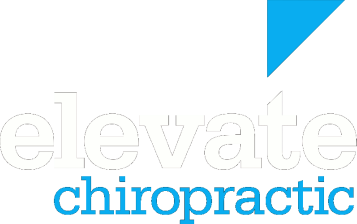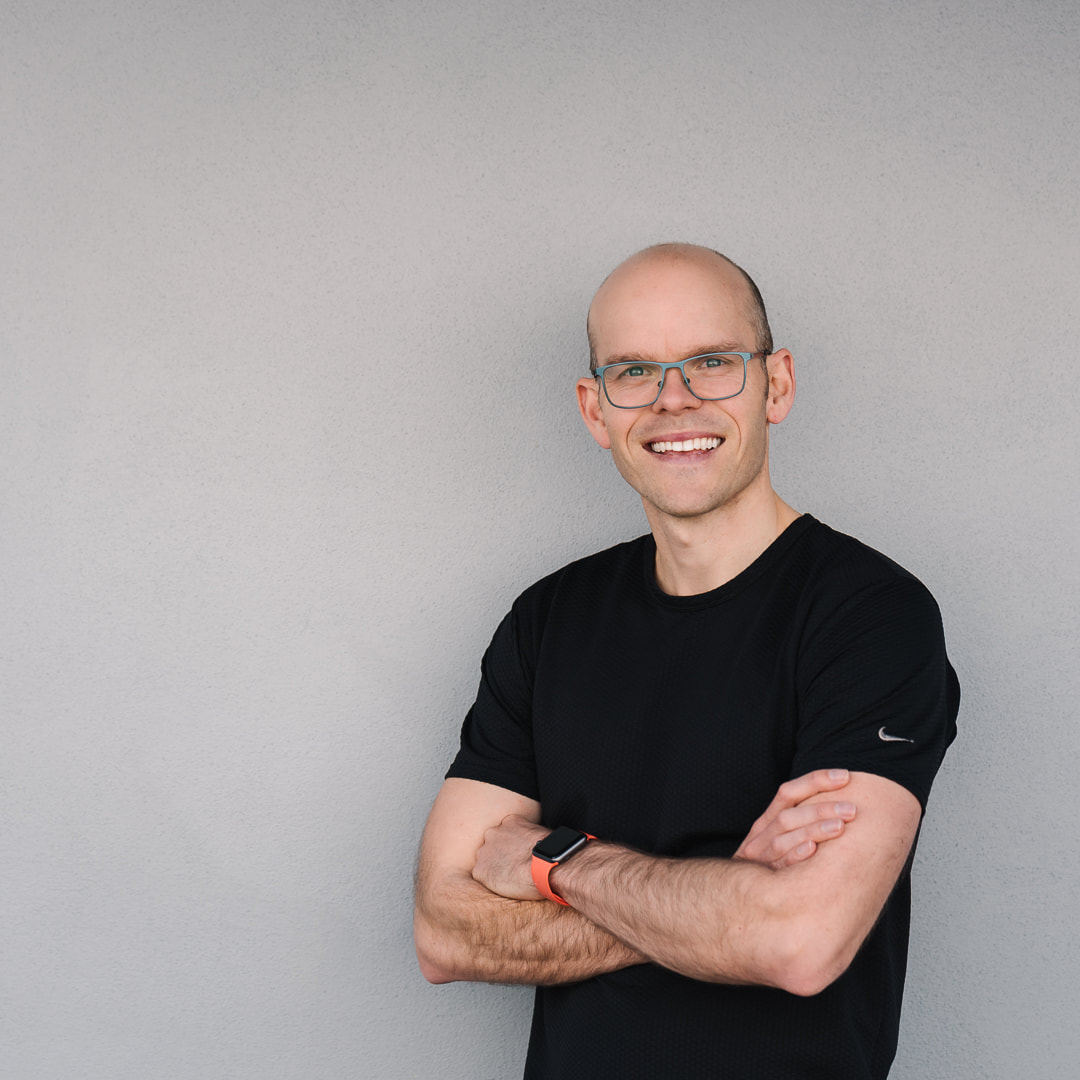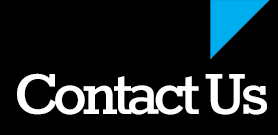To help UCS or poor posture in general, there is a 4 step process you need to follow. These are:
- You need to know what proper posture feels like.
- You need to free up restricted joints.
- You need to reduce the soft tissue tension.
- Finally, you need to strengthen the appropriate muscles.
You need to know what proper posture feels like
In order to improve your posture, it seems logical to know what proper posture feels like. Looking from the front, the hips shoulders and ears should be level. From the side, the ankles, knees, hips, shoulder and ears should be aligned. UCS syndrome, as we discussed in the last post, cause the shoulders and ears move forward. Good posture is not a matter of pulling the shoulders and ears backwards. This often is done purely using muscles which will never be sustainable. What you need to do with the shoulders is to move them into a back and down position. A simple way to think about this is to “put your shoulder blades in your back pocket”. Thinking of this motion moves the scapular in the back and down direction. With the head, a gentle “tucking’ of the chin can help alignment, don’t tilt it backwards. Another way of thinking of ‘ideal posture’ comes from Dr Kelly Starrett, a popular mobility expert and physical therapist in America (check out his website, www.mobilitywod.com). He has described a five-step series of body “reorganizations” or realignments, to help learn what this ideal posture should be. I think it is a great way of getting the feel of correct posture.
The five-step series is performed in the following sequence:
- Stand up with your with feet pointing straight forward.
- Starrett recommends that we realign the pelvis by simply squeezing your butt tightly, I would like to add that this will be more effective for the majority of people if you are also told to internally rotate their feet 10-15 degrees (big toes slightly towards each other), roll feet to the outside of the arch and then try to pull the back of the legs together without the heels moving. This will allow the thigh and butt muscles to work together; the squeeze alone is otherwise less effective.
- Create some tension in your core by slightly tightening your abdominals (this is not an extreme tightening – just to 20 percent of your max effort).
- Correct your shoulder position by externally rotating (think of unscrewing) your shoulders and arms (rolling your shoulders back), which brings your shoulder blades closer together, your chest up and forward, and your thumbs pointing away from your body.
- While keeping your shoulders externally rotated, turn your hands back to neutral, so that your thumbs are now facing forward
You need to free up restricted joints
Most of us have been in a ‘poor posture’ for some time so our bodies are often ‘stuck’ in this position. Often this requires specialized care to help restore better motion to the joints. From my perspective chiropractic care is a great option for this. We help free up the appropriate joints to allow better range of motion and function of the body. If you are wanting to build strength and flexibility it needs to be on a good foundation. This is what chiropractic care can help with. There is no point trying to strengthen muscles if the underlying structure is not as good as it can be.
You need to reduce the soft tissue tension
As we discussed in the first post in this series, you are going to get tight muscles and soft tissue restrictions due to this ‘poor posture’. As you are freeing up the restricted joints you will need to help reduce the soft tissue tension and the tight spots. Simply freeing up the joints will help, but doing this soft tissue work will give even better results. There are several ways to do this:
- A massage from a qualified therapist.
- Appropriate stretches. Stretching the right muscles, in particular the Chest, Neck and upper back, will help in the healing process.
- Soft tissue release using devices such as a Foam roller or massage ball. Foam rollers and massage balls are great, cost effective ways of loosening up the soft tissue in the body. I recommend these to my patients all the time. They are also great as a recovery tool after exercise.
You need to strengthen the appropriate areas
Once you have restored good motion to the joints in the area and then loosened up the tight muscles that have resulted from UCS, you then need to work on strengthening the weak muscles and engrain this good new posture you are trying to create. The key muscles to work on are the mid and upper back and the shoulders. Going into the exact exercises is outside the scope of this post, but there are several ways to do it. The key thing with retraining is that you want to build strength in the right areas but most importantly, do it safely.
- General gym work is great, as long as you are doing the correct exercises with the correct technique. You can talk to your personal trainer or heath professional as to what exercises are the best to do. I am happy to try and answer questions you may have.
- Pilates is great for postural retraining.
- Foundation training is a great way of strengthening the back at home (foundationtraining.com). This works of strengthening the posterior chain of muscles. I have found this to be very effective for myself. Check-out their website for more information on it.
- You can also work the upper back using exercise bands at home.
If you work through these 4 steps, I bet you will notice a change in the two tests for Upper Cross Syndrome. Try them and see what changes you can get. Doing these individually, you will get good results. Do them together and you will get great results. Your body will thank you for it.
References
- Starett, K. Becoming a Supple Leopard. Victory Belt Publishing Inc, 2013
- Image: Human Kinetics 2010



 RSS Feed
RSS Feed


